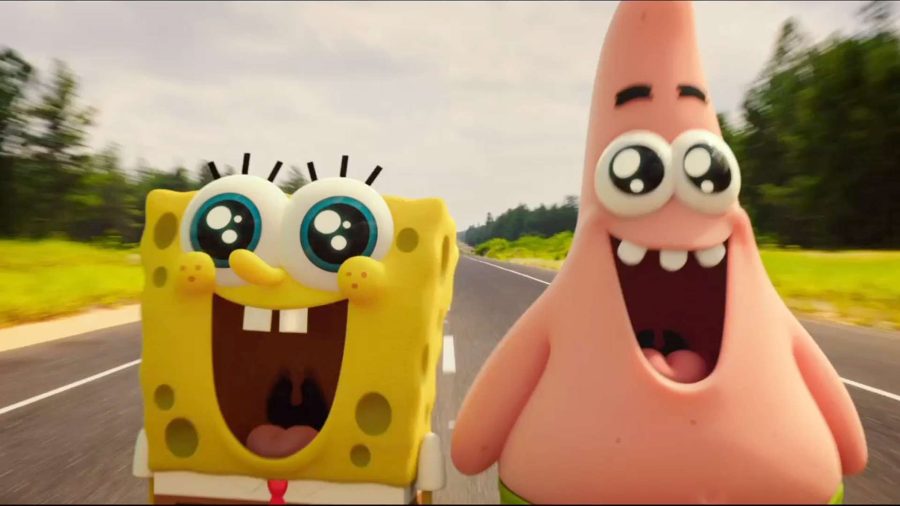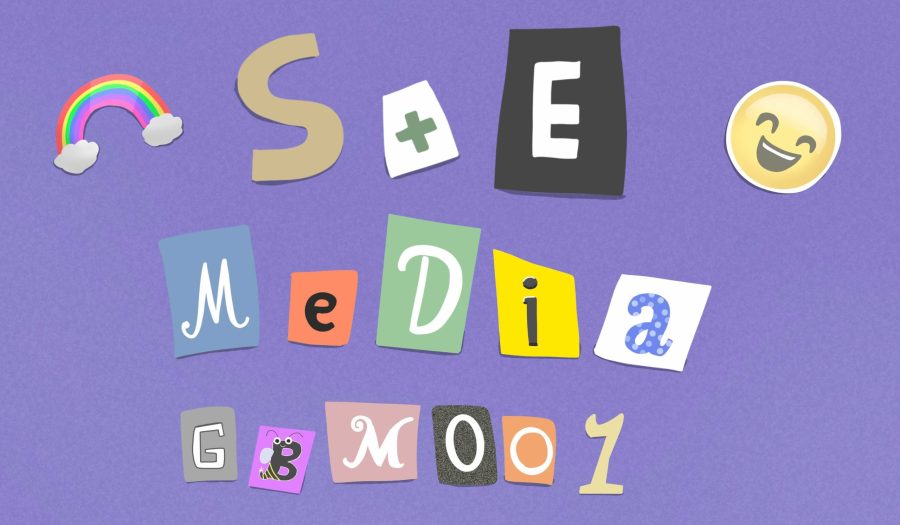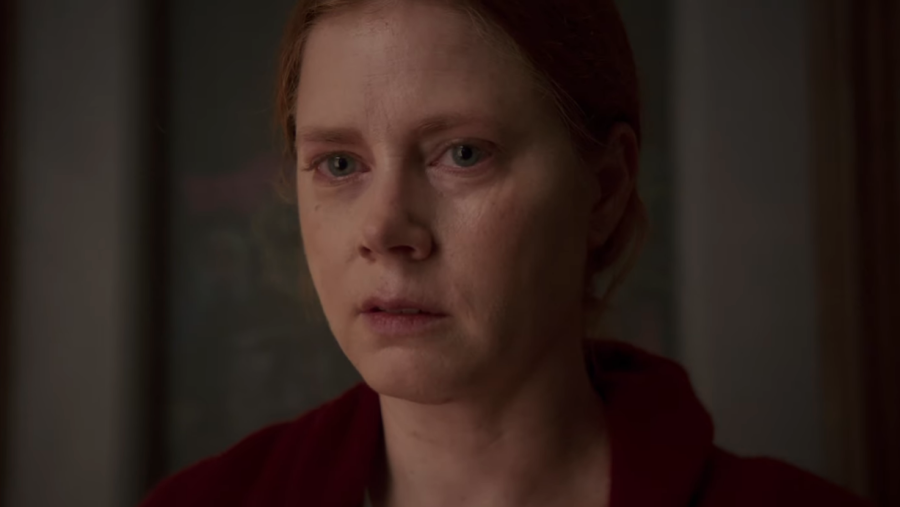While retaining bits of the show’s original appeal, the new feature of the iconic cartoon is too wild for its own good.

Rating: 2 / 5
Directed by Paul Tibbitt
Starring: Tom Kenny, Bill Fagerbakke, Rodger Bumpass, Clancy Brown, Antonio Banderas
Rated PG
Release Date: Feb. 6
At the time, it most likely seemed ridiculous. But when the small, porous and all-too-jovial block of yellow known as Spongebob Squarepants appeared on television in 1999, a multi-billion dollar franchise was truly born. The antics of the talking sponge and his bottom-dwelling, sea critter friends created a rare form of child-friendly entertainment that both adults and kids could enjoy. However, for those who either grew up watching Nickelodeon’s most successful show of all time or reveling in its silly humor as an adult, take note: Spongebob’s glory days are much farther away than the bottom of the sea.
In “The Spongebob Movie: Sponge Out of Water,” an evil pirate named Burger-Beard (Antonio Banderas) steals an ancient book that grants him the power to turn whatever he writes within its pages into reality. With his newfound ability, he steals the Krabby Patty secret formula, effectively turning Spongebob’s fellow burger-deprived citizens into a deranged wreck as their city falls into a “Mad Max”-looking, post-apocalyptic chaos. Eventually, Spongebob and the gang must embark onto land and fight their nemesis as buffed-up superheroes.
Sound ridiculous? Perhaps, but the believability of plots and premises was never an issue for “Spongebob.” What always made the show and its first film in 2004 work was a delightfully simple yet universally enjoyable sense of fun within wild backdrops. However, “Sponge Out of Water” forgoes its old ability to entertain an older demographic, as its humor and superhero moments largely attempt to pander to children’s tastes. What’s worse is that the kid-theme falls flat as well, as director Paul Tibbitt and his team include such distractingly bizarre and hallucinatory secondary scenes (more than the show already regularly does) that one is often left wondering if the film is meant to be a children’s movie or an animator’s tongue-in-cheek, acid-induced creation. In the show’s golden age, absurdity complimented the charm of the cartoon’s silly jokes and buffoonery. Here, however, absurdity exists only for absurdity’s sake and with no real comedic payoffs.
The film also appears to ignore the value of its main cast: other than the sponge himself, the villainous Plankton receives the most screen time. The chemistry between Spongebob and his lovably dim-witted best friend Patrick or the curmudgeonly Squidward is largely abandoned, leaving reliably funny set-ups falling by the wayside.
As for the visuals, the live-action 3D animation hybrid portion (directed by Mike Mitchell), though executed well enough from a technical perspective, plays out as nothing more than a gimmick. In truth, though marketing pushed the style as the film’s selling point, the actual usage of the real-world cartoon blend was whittled down to only a final act event. While “The Lego Movie” utilized the unconventional animation of its commercial product to its comedic advantage, the format of “Sponge” provides an advertising tagline but little additional entertainment value.
For the most part, the film does boast the typical polish of the brightly colored and vivid animation from the show, and while there are traces of the smartly inane jokes that made it the behemoth commercial entity it is today, the old charm appears to have faded. What remains is an odd collage of childishly flat humor and dizzying sequences of weirdness plastered over a 3D tag. Perhaps “Sponge out of Water” was meant as a sort of saving grace to the declining quality of its ongoing show, but if anything, the new film is only a further confirmation of its dying days.














